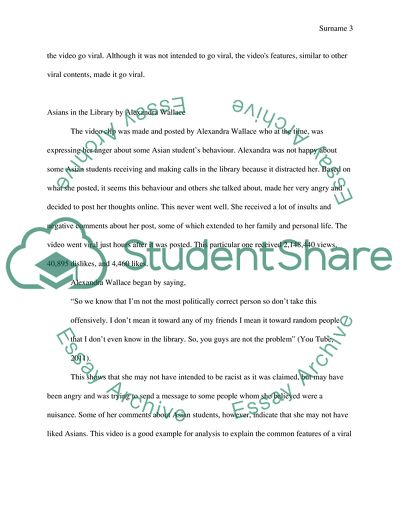Cite this document
(The Viral Clip About Racist Rant on Asians in the Library Case Study, n.d.)
The Viral Clip About Racist Rant on Asians in the Library Case Study. https://studentshare.org/visual-arts-film-studies/1826646-analysis-of-asians-in-the-library-and-its-response
The Viral Clip About Racist Rant on Asians in the Library Case Study. https://studentshare.org/visual-arts-film-studies/1826646-analysis-of-asians-in-the-library-and-its-response
(The Viral Clip About Racist Rant on Asians in the Library Case Study)
The Viral Clip About Racist Rant on Asians in the Library Case Study. https://studentshare.org/visual-arts-film-studies/1826646-analysis-of-asians-in-the-library-and-its-response.
The Viral Clip About Racist Rant on Asians in the Library Case Study. https://studentshare.org/visual-arts-film-studies/1826646-analysis-of-asians-in-the-library-and-its-response.
“The Viral Clip About Racist Rant on Asians in the Library Case Study”. https://studentshare.org/visual-arts-film-studies/1826646-analysis-of-asians-in-the-library-and-its-response.


